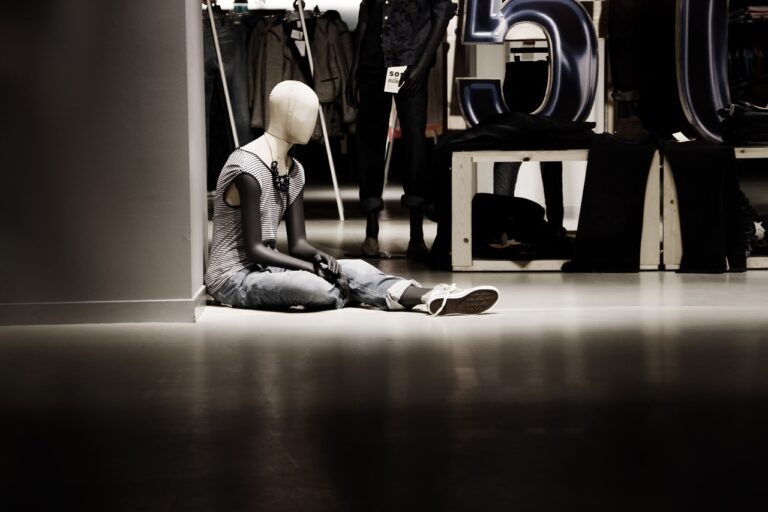Fashion and Technology: The Role of AI and Machine Learning in Design
In recent years, the fashion industry has witnessed a profound transformation propelled by the integration of technology. From virtual fashion shows to AI-powered trend forecasting tools, technology has become an indispensable part of the creative process. Designers are now leveraging advanced software and digital platforms to streamline their workflows and bring innovative ideas to life.
One of the most significant impacts of technology on fashion is the rise of sustainable practices. With the help of cutting-edge technologies, brands are able to optimize their supply chains, reduce waste, and create eco-friendly designs. Additionally, the digital realm has opened up new avenues for online shopping experiences, such as virtual fitting rooms and personalized recommendations, revolutionizing the way consumers interact with fashion.
• Technology has revolutionized the fashion industry by integrating virtual fashion shows and AI-powered trend forecasting tools.
• Designers are using advanced software and digital platforms to streamline their workflows and bring innovative ideas to life.
• Sustainable practices in fashion have been on the rise with the help of cutting-edge technologies optimizing supply chains, reducing waste, and creating eco-friendly designs.
• The digital realm has opened up new avenues for online shopping experiences like virtual fitting rooms and personalized recommendations.
Understanding Artificial Intelligence in Design
Artificial Intelligence (AI) has become a transformative tool in the world of design, revolutionizing the way creative processes are approached. By incorporating AI algorithms into design software, designers can now explore innovative solutions and push the boundaries of traditional design norms. This technology not only streamlines the design process but also offers insights and suggestions that can enhance the overall aesthetic appeal of a project.
Furthermore, AI in design enables designers to gain a deeper understanding of consumer preferences and trends by analyzing vast amounts of data. By leveraging this data-driven approach, designers can tailor their creations to meet the specific needs and desires of their target audience. AI also empowers designers to experiment with new styles and techniques, paving the way for a more dynamic and responsive design landscape.
The Evolution of Machine Learning in Fashion
Machine learning has become an increasingly prominent tool within the fashion industry, revolutionizing the way companies engage with consumers and design products. By harnessing the power of data analysis and pattern recognition, machine learning algorithms can predict trends, personalize recommendations, and optimize production processes. This technology enables brands to streamline their operations, reduce waste, and offer a more tailored experience to customers.
Furthermore, machine learning has opened new avenues for creativity and innovation in fashion design. Designers are now able to leverage algorithms to generate unique and intricate patterns, experiment with new materials, and explore unconventional silhouettes. This fusion of technology and design not only pushes the boundaries of traditional fashion concepts but also paves the way for a more sustainable and efficient industry.
What is the intersection of fashion and technology?
The intersection of fashion and technology refers to how these two industries are coming together to innovate and create new experiences for consumers.
How is artificial intelligence used in design?
Artificial intelligence is used in design to analyze data, predict trends, and personalize experiences for customers. It can help designers make more informed decisions and create more targeted designs.
How has machine learning evolved in the fashion industry?
Machine learning has evolved in the fashion industry by being used to optimize supply chains, improve customer experiences, and personalize marketing efforts. It has become a valuable tool for brands looking to stay competitive in a rapidly changing market.







